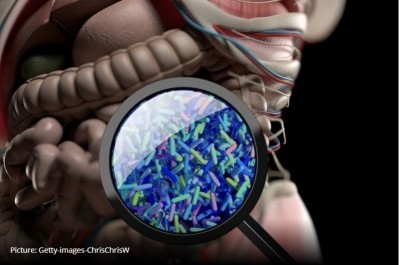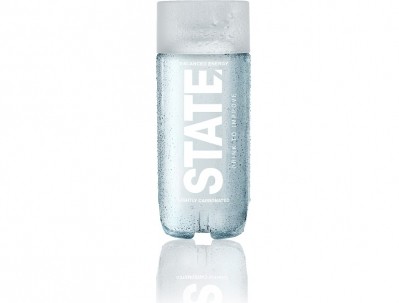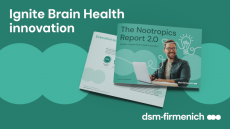Low glycaemic carbohydrate enhances mood and memory in older adults: Study

In the study, conducted by researchers from the department of psychology at Swansea University and funded by Beneo, 155 healthy adults aged 45–80 years were randomly assigned a breakfast that included 40 g of either glucose, sucrose or isomaltulose, a fully digestible carbohydrate that provides prolonged energy release in the form of glucose.
The meals were identical in macronutrient and calorie composition and differed only in GL. Mood and cognitive performance was assessed 30, 105 and 195 minutes after breakfast.
Key findings
Those with good but not poor glucose tolerance demonstrated better mood and memory after a lower rather than a higher GL meal. The isomaltulose group of participants with good glucose tolerance performed significantly better on mood and memory. They showed better episodic memory than those who had ingested sucrose and glucose, and made fewer mistakes than those who had ingested glucose.
This occurred long after the mealm when blood glucose levels were declining. Participants with good glucose tolerance were also in a better mood (measured by subjective scoring of related adjectives on a percentage scale) and able to remember more words from a list after eating a breakfast with isomaltulose than those in the sucrose or glucose groups.
Slow release
Anke Sentko, vice president regulatory affairs and nutrition communication at Beneo, explained how isomaltulose’s full availability to the body and prolonged energy release were thought to be behind the findings.
“Palatinose enters the body four to five times more slowly than sugar does. Further, absorption is not focused on ‘immediate and fast’ but on ‘slow, balanced and sustained’. Palatinose reaches more distal parts of the small intestine and absorption of this energy is stretched over the full length of the intestine,” she told Nutraingredients.
She said that consequently, the blood glucose response curve, reflecting energy uptake, is characterised as ‘low glycaemic’ and ‘sustained’.
“This is a unique physiological property as the carbohydrate energy is available fully but in a more balanced and prolonged way compared to the well known highly available carbohydrates.”
Brain fuel
Glucose is a key brain fuel and according to Sentko, there seems to be an advantage in using isomaltulose as the ‘supply mode’, particularly some time after a meal, “where Palatinose still delivers energy while sucrose is already under baseline”.
This study has been accepted for publication in the European e-journal of Clinical Nutrition and Metabolism and Sentko said another paper was currently being prepared – on a study in which school children were given isomaltulose in their breakfasts.
“The overall message is that the delivery mode of carbohydrates should be considered. There is a place for fast carbohydrates with almost immediate effect, but what about two or three hours after the meal? Palatinose opens up opportunities to avoid the dip and provides sustained energy and better mood.”
Source:
European e-journal of Clinical Nutrition and Metabolism
Published online ahead of print, doi:10.1016/j.clnme.2014.04.003
‘The glycemic load of meals, cognition and mood in middle and older aged adults with differences in glucose tolerance: A randomized trial’
Authors: Hayley Young, David Benton















